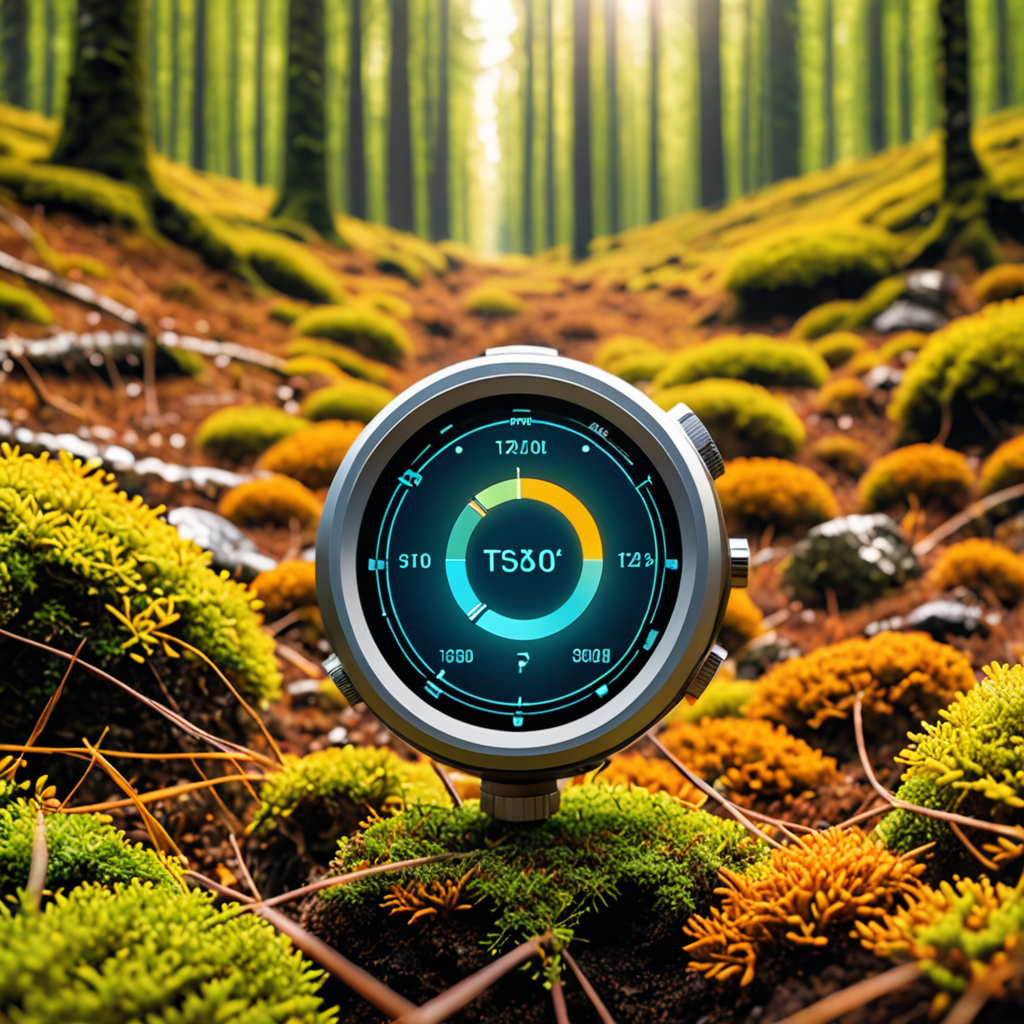Nanotechnology in Flexible Displays: The Era of Foldable Screens
The Evolution of Display Technology
In the realm of display technology, nanotechnology has paved the way for a groundbreaking innovation – flexible displays. These displays hold the promise of bendable, foldable screens that can revolutionize the way we interact with electronics.
Understanding Nanotechnology
Nanotechnology involves manipulating materials at the nanoscale, allowing for the creation of structures with advanced properties. In the case of flexible displays, nanomaterials play a crucial role in enabling screens to be both flexible and durable.
Benefits of Flexible Displays
The advent of flexible displays opens up a world of possibilities. Devices with foldable screens offer enhanced portability, larger display areas in compact form factors, and increased durability compared to traditional rigid displays.
Nanotechnology’s Role in Enhancing Flexibility
Nanomaterials such as graphene and carbon nanotubes are key players in the development of flexible displays. These materials possess exceptional mechanical strength and flexibility, making them ideal candidates for creating screens that can be bent and folded without compromising performance.
Challenges and Future Outlook
While nanotechnology has unlocked the potential for flexible displays, there are challenges to overcome, including ensuring affordability, scalability, and enhancing the overall user experience. However, ongoing research and advancements in nanotechnology continue to drive innovation in this field, promising even more flexible and versatile displays in the future.
Applications Across Industries
The versatility of flexible displays extends beyond consumer electronics. Industries such as healthcare, automotive, and aerospace are exploring the potential of incorporating flexible display technology into their products, leading to advancements in areas like medical devices, smart vehicles, and aircraft instrumentation.
The Future is Foldable
As nanotechnology continues to advance, the era of foldable screens is upon us. The intersection of nanotechnology and flexible displays holds immense promise for transforming the way we interact with technology, offering a glimpse into a future where screens seamlessly bend and adapt to our needs.
Frequently Asked Questions (FAQ) on Nanotechnology in Flexible Displays
What is nanotechnology in flexible displays?
Nanotechnology in flexible displays involves the use of nanoscale materials and processes to create screens that can bend and fold without damage, leading to the development of foldable screens in various devices.
How does nanotechnology enable foldable screens?
Nanotechnology allows manufacturers to design display components at a microscopic scale, making them more flexible and durable. By integrating nanomaterials like graphene or nanowires, screens can maintain functionality while being bent or folded.
What are the advantages of foldable screens in devices?
Foldable screens offer increased portability, larger display areas, and enhanced multitasking capabilities in devices. They also provide a more immersive viewing experience and innovative design possibilities.
Are there any limitations to nanotechnology in flexible displays?
While nanotechnology has significantly improved the durability and flexibility of displays, challenges such as cost, complexity of manufacturing processes, and potential durability issues over long-term usage still exist and are areas of ongoing research and development.



